Giant auroras, raging clouds and a storm three centuries in the making - our solar system's largest planet is every bit as dramatic as its tempestuous appearance suggests.
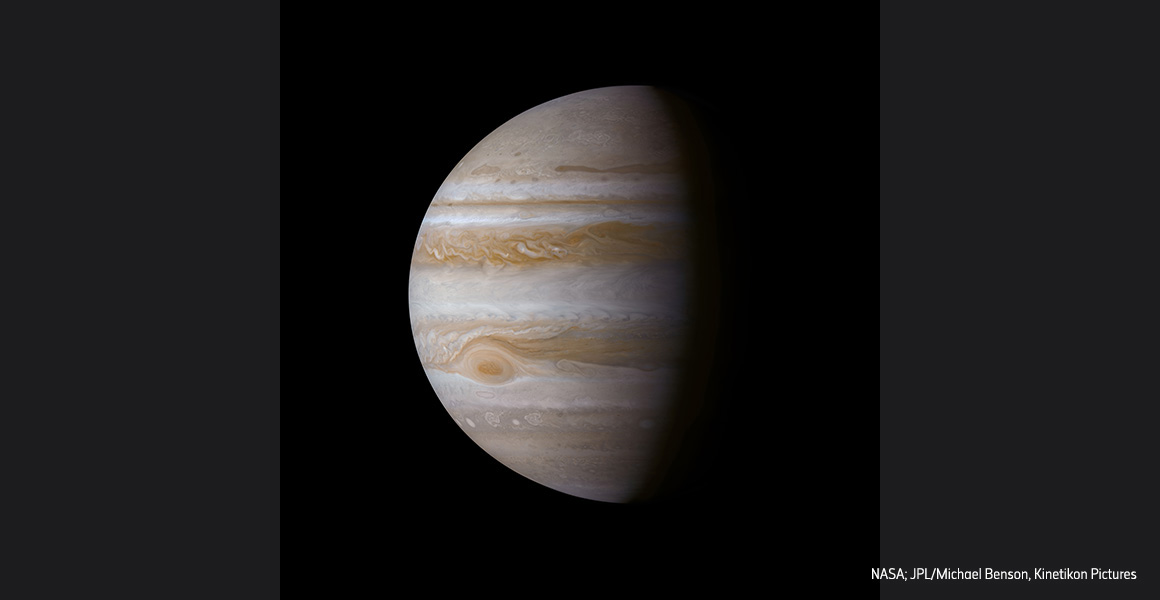
Jupiter and its Great Red Spot. © NASA/JPL/Michael Benson, Kinetikon Pictures
Jupiter, the largest planet in our solar system, is a vast and stormy world. Its atmosphere, primarily composed of hydrogen and helium, is crossed with swirling clouds of ammonia that give the planet its banded appearance.
These bands encircle Jupiter, and are driven by winds of up to 360 kilometres per hour. Each travels in the opposite direction to its neighbours, leading to tremendous turbulence where two bands meet.
Near the equator lies Jupiter's Great Red Spot. Visible to the left of this image, one of 77 composite photographs that appeared in our 2016 exhibition, Otherworlds: Visions of our Solar System, the storm has raged on Jupiter for more than three centuries.
In that time, it has changed constantly. During the late nineteenth century, the spot was three times the size of Earth, but has since become smaller and more rounded. It also changes colour - from red to pink, or even white. In 2014, images from the Hubble Space Telescope showed the spot to be orange, and roughly the size of Earth.
Strange interior
What lies beneath the high ammonia clouds is no less dramatic. As a gas giant, Jupiter has no solid surface. Instead, its atmosphere becomes gradually hotter and denser as you travel deeper, compressing the hydrogen and helium into strange states of matter. Most of the planet's bulk is liquid hydrogen, through which drops of helium are thought to fall towards the planet's core.
Around 12,000 kilometres deep, the pressure is so intense (approximately two million times stronger than the atmospheric pressure we experience on the Earth's surface), that the liquid hydrogen acts like a metal, able to generate magnetic fields as the planet spins.
This gives Jupiter a powerful magnetic field, with an influence stretching for millions of kilometres beyond the planet. Electrically-charged particles, some from the Sun and others from Jupiter's moons, are drawn into the field constantly, producing permanent aurorae at the planet's poles that can be bigger than the Earth.
Audio commentary extract
Jupiter's moon Io is a similarly striking world. Its interior is heated and churned by the gravitational pull of Jupiter and its other moons, making it the most volcanically active body in our solar system.
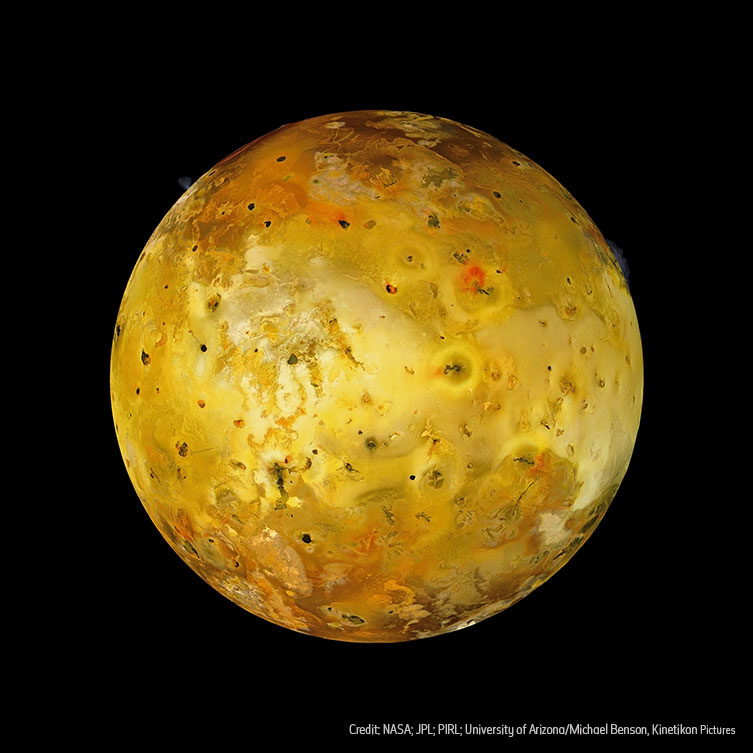
Volcanic Io with Two Eruptions Visible. NASA; JPL; PIRL; University of Arizona/Michael Benson, Kinetikon Pictures
Dr Chiara Petrone, volcanologist at the Museum, explores this image of Io's surface.

Explore space
Discover more about the natural world beyond Earth's stratosphere.
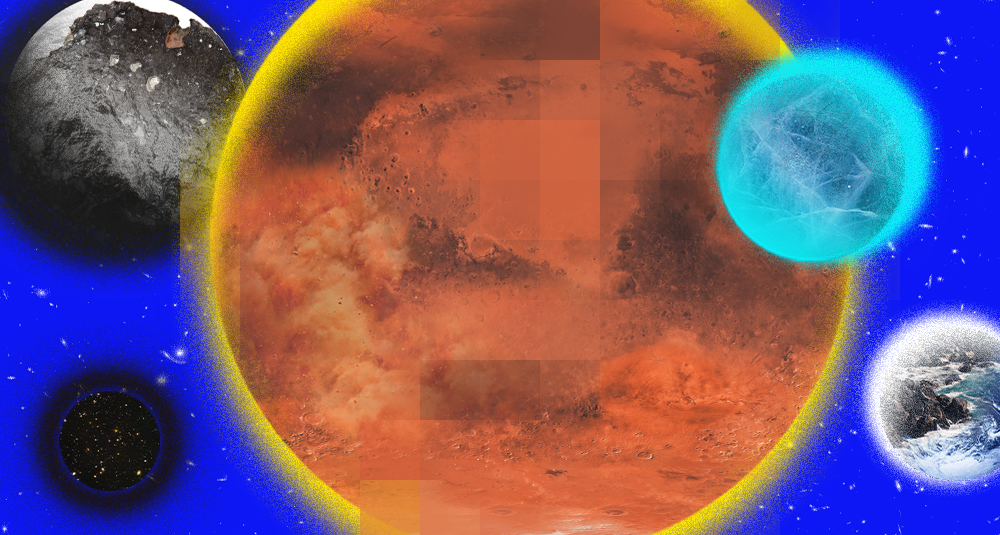
Space: Could Life Exist Beyond Earth?
Find out in our latest exhibition! Snap a selfie with a piece of Mars, touch a fragment of the Moon and lay your hands on a meteorite older than our planet.
Open now
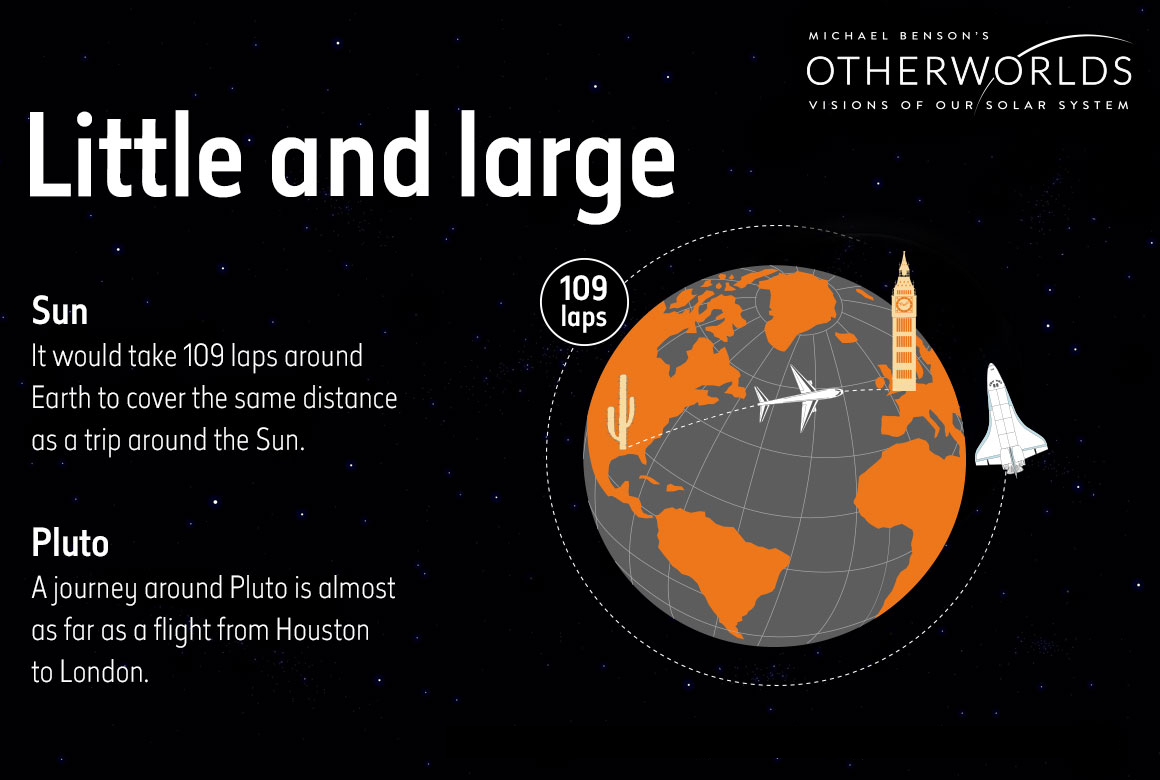
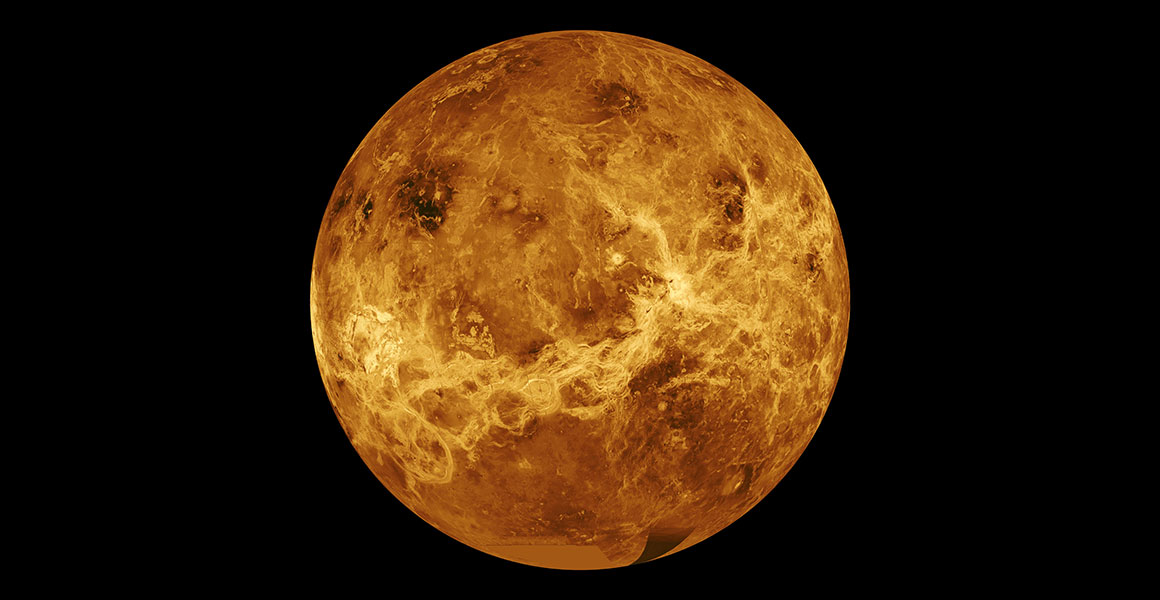

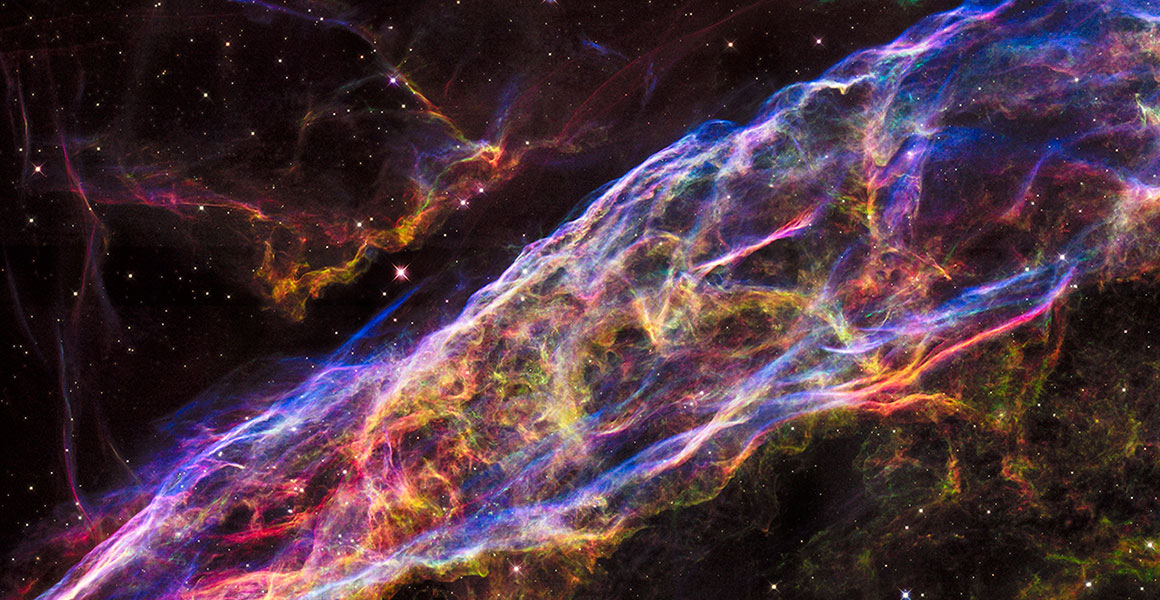
Don't miss a thing
Receive email updates about our news, science, exhibitions, events, products, services and fundraising activities. We may occasionally include third-party content from our corporate partners and other museums. We will not share your personal details with these third parties. You must be over the age of 13. Privacy notice.
Follow us on social media